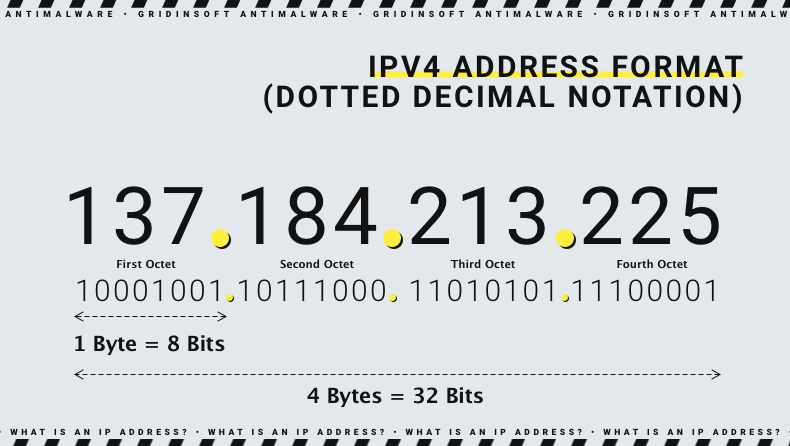In today’s fast-paced digital ecosystem, every string of numbers and ports has a story to tell. Among these, 203.160.175.158.14001 stands out as an identifier often used in discussions related to server access, internal networks, or application ports. Though it may look like a random sequence, it carries significance in the way networks communicate, authenticate, and deliver information across the web. Let’s explore what this unique combination represents and how it operates within modern networking systems.
What Does 203.160.175.158.14001 Represent?
The keyword 203.160.175.158.14001 combines an IP address and a port number, forming a complete endpoint that allows computers and servers to communicate effectively. The first section, “203.160.175.158,” is an IPv4 address—a numerical label assigned to devices connected to a network. The number following the dot, “14001,” is the port used by specific applications or services to exchange data. Together, this pair directs traffic to the right destination, ensuring that the correct program receives the intended information.
In practical terms, 203.160.175.158.14001 could refer to a remote access point, a configuration used for web applications, or even a testing environment for developers managing secure data exchanges. This combination allows for precise communication between systems, which is critical for maintaining smooth online operations.
Why IP and Port Combinations Matter
Every time you visit a website, stream a video, or connect to a cloud-based tool, you’re indirectly communicating through similar address-port combinations. The role of something like 203.160.175.158.14001 is to define where your request goes and which service handles it. This dual identification prevents data overlap, enhances security, and ensures the proper delivery of digital content.
For example, a web server might use port 80 for HTTP, 443 for HTTPS, or 14001 for a specialized internal service. These distinctions are vital for efficiency. Without the port system, networks would face endless confusion in routing traffic between applications.
Common Uses of 203.160.175.158.14001 in Networking
While the combination itself doesn’t point to a public service, it’s often used in discussions about configuration, private server management, and internal access testing. Network administrators may rely on addresses like 203.160.175.158.14001 when managing firewalls, setting up virtual private networks (VPNs), or connecting to application servers remotely.
Developers, too, may use this type of configuration during testing phases to simulate how applications perform under different environments. By assigning specific IP-port pairs, they can track data flow, detect latency, and secure vulnerable endpoints.
Security Considerations
Access points such as 203.160.175.158.14001 require strong security protocols. Open or improperly configured ports can be exploited if left unprotected. This is why professionals rely on firewalls, encryption, and access controls to shield servers from unauthorized intrusion. Regular audits, software updates, and strong authentication layers are crucial for maintaining safety and performance.
If a system uses the combination 203.160.175.158.14001, it’s essential to ensure it’s properly configured within the network policy. Organizations often monitor these entries to prevent external threats and to guarantee compliance with internal cybersecurity standards.
Troubleshooting and Optimization
For IT professionals, maintaining optimal connectivity at an address like 203.160.175.158.14001 means understanding both server performance and network behavior. Regular checks on bandwidth, latency, and access permissions are part of keeping the system stable. Diagnostic tools can help trace packet routes, identify connection drops, and test if the service on port 14001 responds properly.
Optimization may involve load balancing, reducing redundant traffic, or adjusting port assignments to align with usage trends. A well-tuned configuration not only ensures efficiency but also contributes to long-term reliability.
The Bigger Picture: IPs and the Digital Framework
Beyond a single address, combinations like 203.160.175.158.14001 represent the foundation of the digital world. Every email, cloud file, or mobile app request depends on these structured identifiers. As networks grow more complex, understanding these small technical details becomes essential for both developers and cybersecurity specialists.
This awareness leads to better decision-making, whether in server configuration, data management, or online communication. Each connection, secured and optimized, forms part of the global web that keeps businesses and individuals connected.
Conclusion
The numerical sequence 203.160.175.158.14001 is more than just an IP address and port—it’s a symbol of precision, communication, and digital order. Recognizing its purpose helps professionals manage networks effectively, enhance security, and optimize system performance. As technology continues to evolve, understanding how these identifiers operate remains a key part of mastering the modern web infrastructure.
